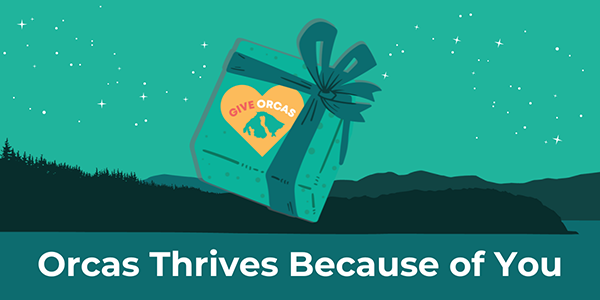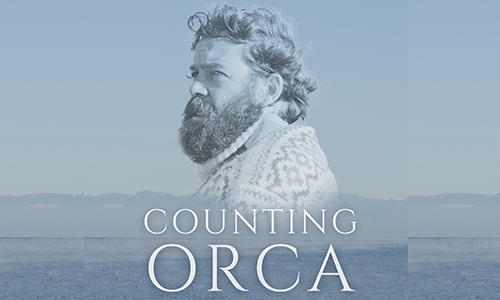||| FROM JAMES SCHEIB |||
Our people don’t know, in their souls, the true cost of violence because they don’t see the bodies. People come apart when hit with military or big game hunting grade small arms bullets. The description in literature, “people were shot to pieces,” is accurate.
I’m 84 years old and can still see the bodies, in my mind, of Marines and V.C. after fire fights that took place in the late 1960s. To help force an end to the Viet Nam conflict, the media displayed the bodies, often in color. That worked.
If we want to change people’s minds about the mass killing of babies, children and adults, the brutality must be brought home with vivid and indelible images. Fear of offending people is allowing carnage to continue. All of our “trigger time” veterans know it. The doctors, nurses, first responders and funeral directors who deal with the cost of violence know it. Even if they are trained to deal with it, it costs them in their souls.
The cost of violence is not an abstraction or a statistic. The media needs to get real again.
**If you are reading theOrcasonian for free, thank your fellow islanders. If you would like to support theOrcasonian CLICK HERE to set your modestly-priced, voluntary subscription. Otherwise, no worries; we’re happy to share with you.**









This is not an unreasonable hope, but there are serious risks involved in this strategy. The images that you and I might find so distressing could well inflame and encourage the sort of individuals who are likely perpetrators of mass murders. In the past, news coverage tended to focus on the criminals, and it has been documented that this kind of publicity has fostered copy-cat crimes. We need more research on likely outcomes before we further publicize the horrors that military-grade weapons inflict.
Thank you for your recommendation James Scheib. I’m sure folks born in the 1930’s are much more aware of the effects of violence (whether it was in a city or Viet Nam) with the ongoing changes in media. I think it was Lewis Powell in the 40’s telling the political voted for folks about TV (black & white then) all the ways what gets said & how they look can really make a difference getting the public more focused on what they want. And now, free speech, fox TV, internets like twitter etc block a huge percent of the public getting aware of what’s true,
I, for one, would not like to see photos of children’s bodies torn apart by military-grade weapons. The facts are already gruesome enough. Maybe of adults, though, conditioned by reservations like Marc Cohen’s above.
If lawmakers were shown the horrific images of what these AR15s do to a body – blown up to such an extent that the parents had to give DNA samples so their child could be identified, then perhaps they would then be moved to do something.
I certainly don’t want to see these images or have the general public see them, but like jurors who have to view horrors because of their impact on the case, it should be part of the process for lawmakers.
To everyone that says, “I don’t want to see those images.” Well, of course not! That is the point. These atrocities happened. To say, “I don’t want to see them.” is to deny reality. It is to avoid the pain of seeing the true results of out-of-control boys with access to military weaponry. We don’t let people purchase RPGs or tanks, so why is it so hard to halt the sale of assault rifles? I’m not saying that hunting rifles should be banned but military weaponry of any sort has no place in a civil society. But maybe we aren’t a civil society anymore?
Agreed, we don’t want to see all the gore that our society seems willing to condone but until the consequences are clearly acknowledged, particularly by our elected officials, the horror will continue to be swept under the rug. One congressman stated, ‘The price of freedom”??? God forgive us.
Agree with James Scheib and with Ken Wood. I find it strange that people can regularly view horror movies and gratuitous violence on TV without flinching, yet not want to face the reality of what war and military assault weapons do in the hands of mentally ill people. This is a microcosm of the greater trauma and permanent damage of all wars. The violence is on all levels, and the trauma is not addressed and we don’t know how to help the people impacted by violence, but turning away is not the answer.